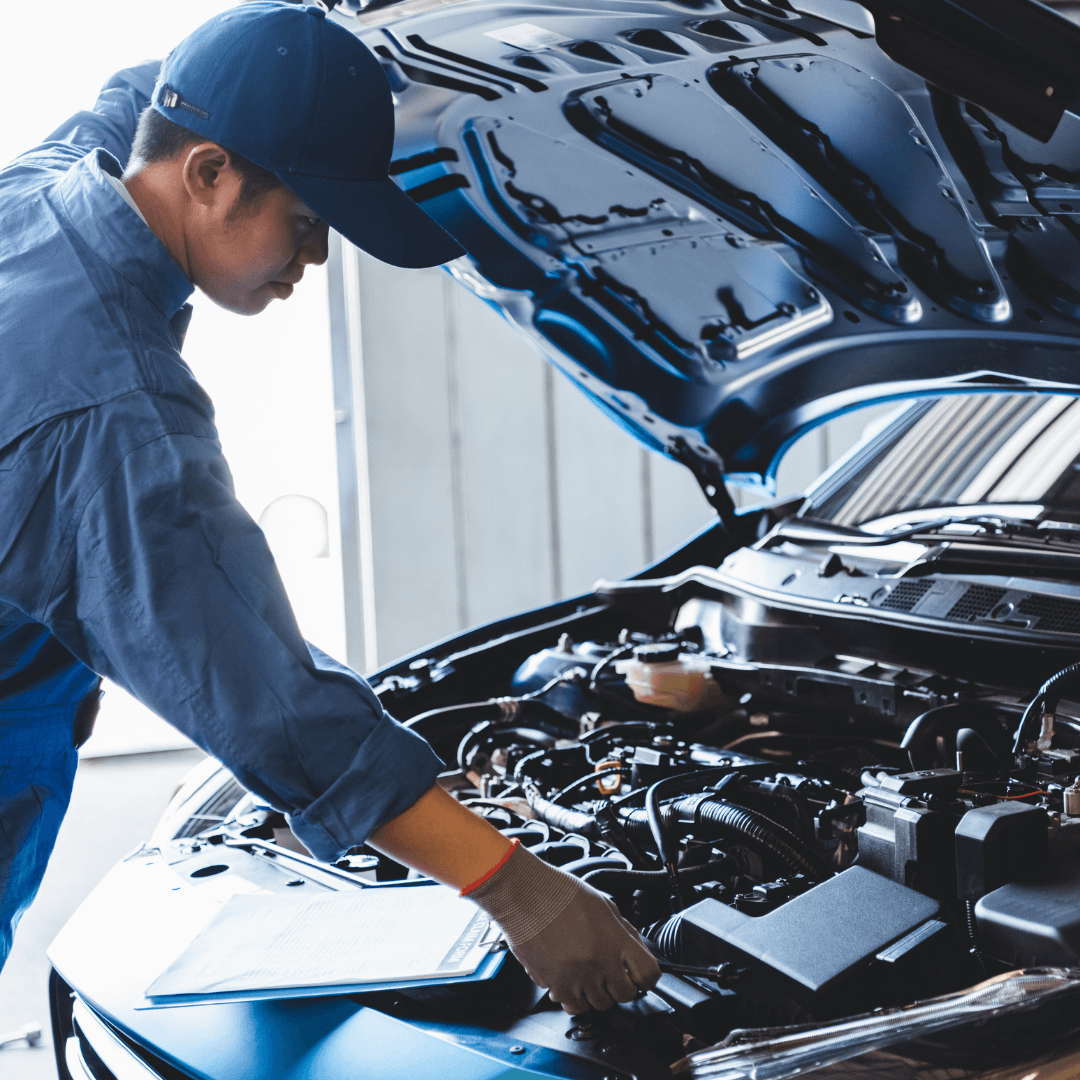Introduction
The automotive industry is constantly evolving, with advancements in technology leading to the development of innovative safety features designed to protect drivers and passengers. From advanced driver-assistance systems (ADAS) to cutting-edge collision avoidance technologies, these features are revolutionizing the way we drive and making our roads safer than ever before. This article will delve into the latest car safety features, providing an in-depth review of their capabilities and impact on road safety.
The introduction of these features has significantly reduced the number of accidents and fatalities on our roads. By providing drivers with real-time alerts and assistance, these systems help prevent accidents and mitigate the severity of collisions. As technology continues to advance, we can expect even more sophisticated safety features to emerge, further enhancing road safety and peace of mind for drivers and passengers alike.

Advanced Driver-Assistance Systems (ADAS)
ADAS are a suite of technologies that assist drivers in various aspects of driving, enhancing safety and reducing driver fatigue. Some of the most common ADAS features include:
- Adaptive Cruise Control (ACC): ACC automatically adjusts the vehicle's speed to maintain a safe distance from the car in front.
- Lane Departure Warning (LDW): LDW alerts drivers when they drift out of their lane without signaling.
- Lane Keeping Assist (LKA): LKA provides steering assistance to keep the vehicle centered within its lane.
- Blind Spot Monitoring (BSM): BSM alerts drivers to vehicles in their blind spots.
- Rear Cross-Traffic Alert (RCTA): RCTA warns drivers of approaching vehicles when reversing.
Collision Avoidance Systems
Collision avoidance systems are designed to prevent or mitigate collisions by detecting potential hazards and taking action to avoid them. These systems utilize sensors, cameras, and radar to monitor the surrounding environment and provide warnings or even take control of the vehicle to avoid an accident.
- Automatic Emergency Braking (AEB): AEB automatically applies the brakes to prevent or mitigate a collision.
- Forward Collision Warning (FCW): FCW alerts drivers of an impending collision with a vehicle ahead.
- Pedestrian Detection: This feature detects pedestrians in the path of the vehicle and applies the brakes to avoid a collision.
- Cross-Traffic Braking: This system automatically brakes the vehicle to prevent a collision with oncoming traffic when turning.
Safety Technology for Passengers
While ADAS and collision avoidance systems focus on driver safety, there are also features designed to protect passengers in the event of an accident.
- Airbags: Airbags are designed to cushion passengers in the event of a collision, reducing the risk of serious injuries.
- Seatbelts: Seatbelts are essential for passenger safety, restraining them in the event of a collision and preventing them from being ejected from the vehicle.
- Child Safety Seats: Child safety seats are designed to protect children in the event of a collision, providing them with the appropriate level of restraint and protection.
Conclusion
The latest car safety features are a testament to the automotive industry's commitment to road safety. These technologies are making our roads safer by preventing accidents, mitigating the severity of collisions, and protecting drivers and passengers. As technology continues to advance, we can expect even more sophisticated safety features to emerge, further enhancing road safety and peace of mind for everyone.





